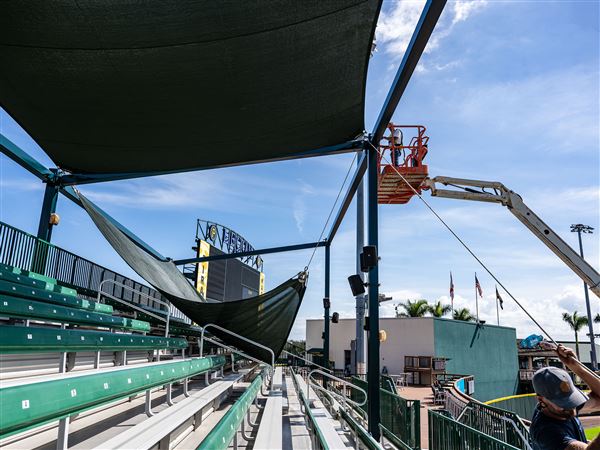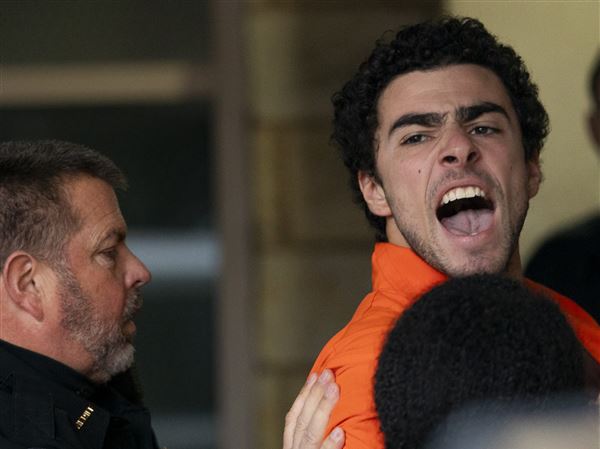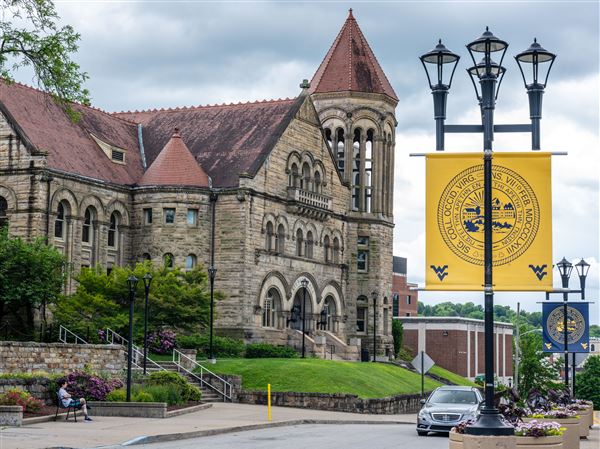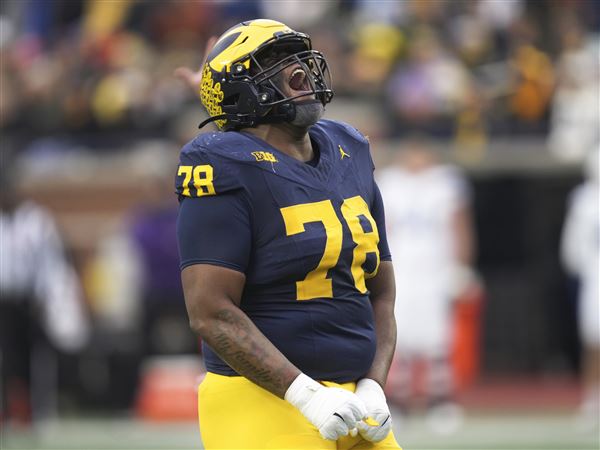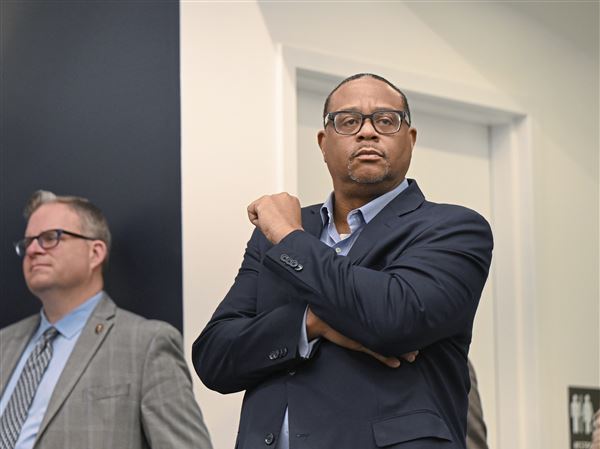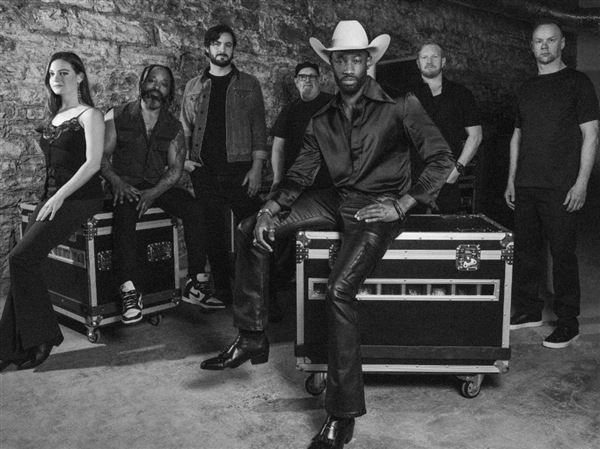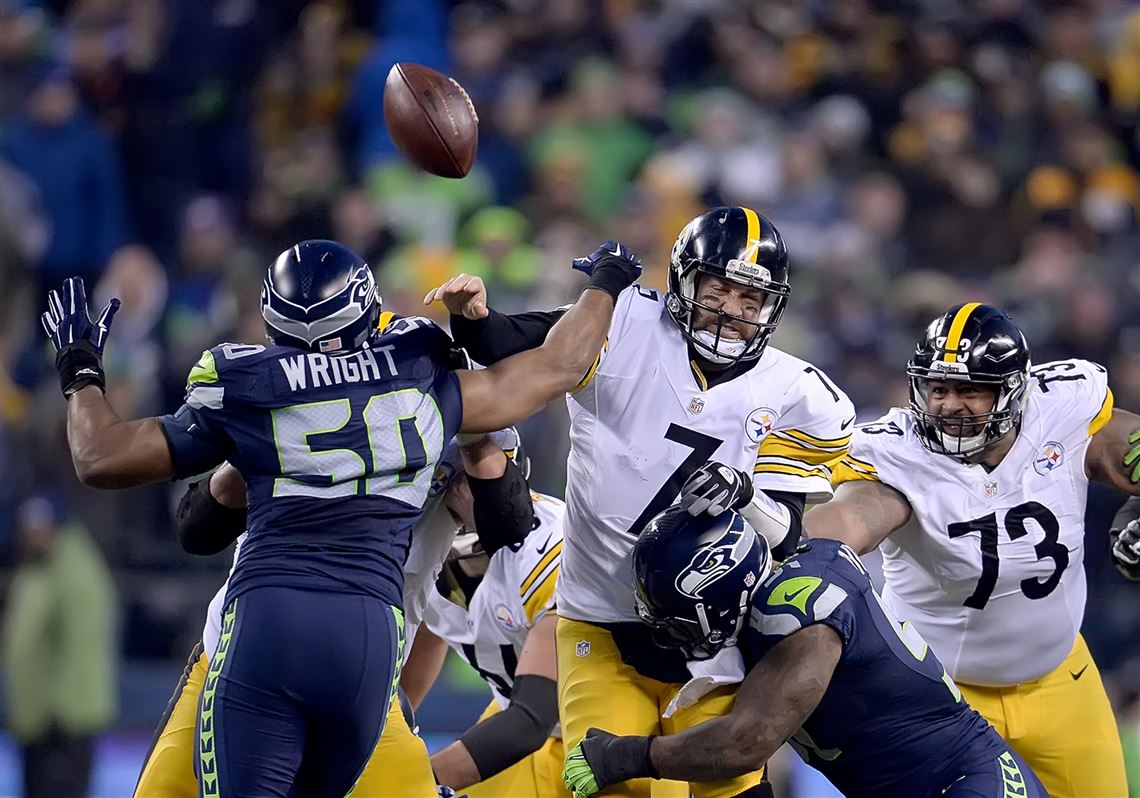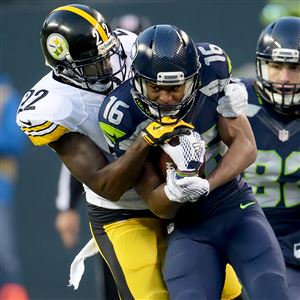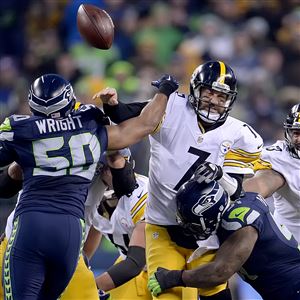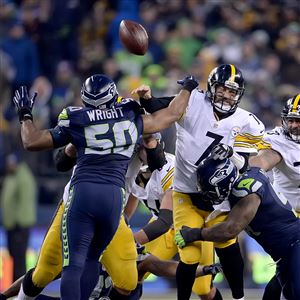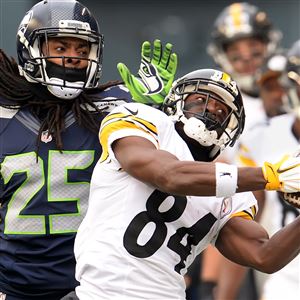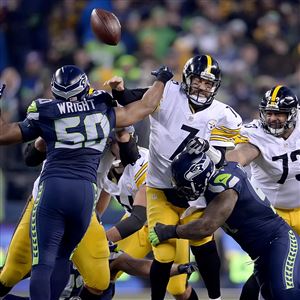Steelers quarterback Ben Roethlisberger will continue to proceed through the NFL’s concussion protocol and will be evaluated as the week progresses, but the team has not yet announced that he has been diagnosed with a concussion. Linebacker Ryan Shazier has been diagnosed with a concussion and must go through the protocol before he can return to play.
If Roethlisberger is not diagnosed with a concussion, his return to play will be a quicker process. If a player passes his initial exam and is not diagnosed with a concussion, follow-up exams are conducted at the discretion of the team’s medical staff. However, once a player such as Shazier is diagnosed with a concussion, he must pass a series of test and examinations before returning to play.
Because all concussions are different, there is no set time frame for the following steps to be completed.
Here are the five steps players must pass before returning to play, as communicated in the NFL’s head, neck and spine committee’s protocols for returning to play after a concussion:
1. Rest and recovery — During this step, the player may engage in limited stretching and balance activity as tolerated at the discretion of the medical staff. Should additional issues present, the team physician should consider external consultation or additional diagnostic examinations. Once the player is at his baseline level of signs and symptoms and neurological examination, he may be cleared to proceed to the next step.
2. Light aerobic exercise — This step involves the initiation of a graduated exercise program. Under the direct oversight of the team’s medical staff, the player should begin graduated cardiovascular exercise (stationary bicycle, treadmill) and may also engage in dynamic stretching and balance training. The duration and intensity of all activity may be gradually increased so long as the player-patient remains at baseline while performing the activity and for a reasonable period thereafter. If there is recurrence of signs or symptoms, the activity should be discontinued. He may attend regular team meetings and engage in film study. Once the player has demonstrated his ability to engage in cardiovascular exercise without recurrence of signs or symptoms, he may proceed to the next step.
3. The player continues with supervised cardiovascular exercises that are increased and may mimic sport-specific activities, and supervised strength training is introduced. Once the player-patient has demonstrated his ability to engage in cardiovascular exercise and supervised strength training without recurrence of signs or symptoms, he may proceed to the next step.
4. The player may continue cardiovascular conditioning, strength and balance training and participate in non-contact football activities such as throwing, catching, running and other position-specific activities. All activities at this step remain non-contact (no contact with other players or objects, such as tackling dummies or sleds). If the player is able to tolerate all football-specific activity without a recurrence of signs or symptoms of concussion and his neurocognitive testing has returned to baseline, he may be moved to the next step.
5. After the player has established his ability to participate in non-contact football activity including team meetings, conditioning and non-contact practice without recurrence of signs and symptoms and his neurocognitive testing is back to baseline, the team physician may clear him for full football activity involving contact. Once cleared by the team physician, the player may participate in all aspects of practice. If the player-patient tolerates full participation practice and contact without signs or symptoms and the team physician concludes that the player-patient’s concussion has resolved, he may clear the player-patient to return to full participation.
First Published: November 30, 2015, 8:47 p.m.
